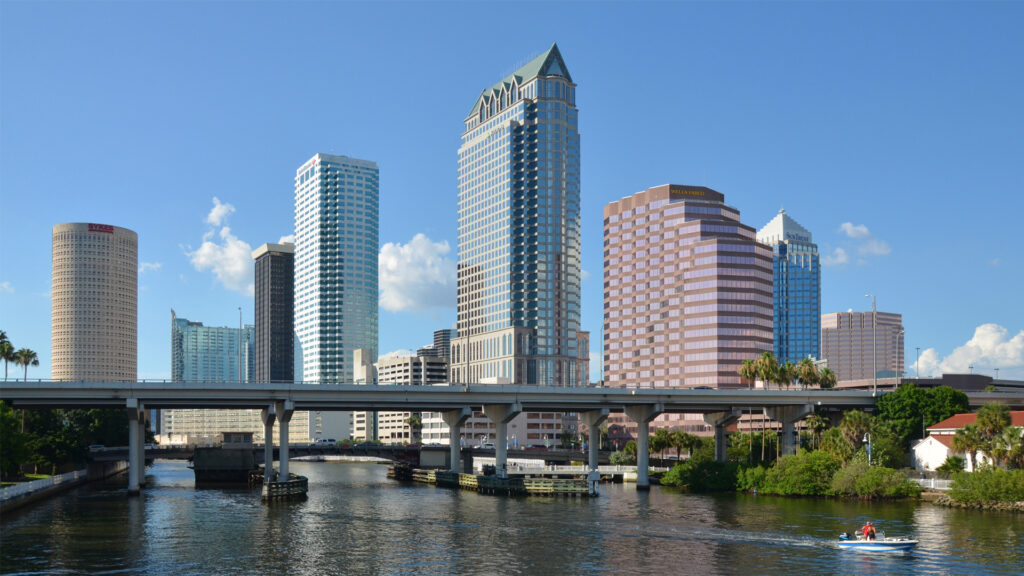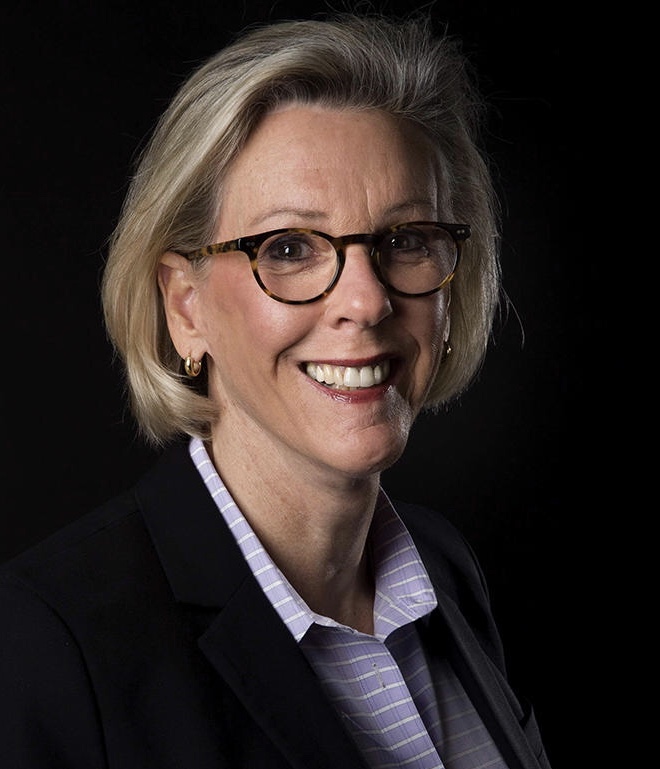By Jane Castor, Tampa mayor
In the last five years, Tampa has made big strides to become a more resilient and sustainable community in the face of climate change. I made climate one of the top focus areas of my administration, hiring the city’s first sustainability and resilience officer to help set and meet goals. I’m happy to report that we have directed hundreds of millions of dollars into climate-ready infrastructure to reduce flooding and heat while simultaneously working to reduce our carbon emissions through deployment of solar and electric vehicles.
Streets are a great place to start a conversation about the vast topic of climate change since vehicles account for half of Tampa’s carbon emissions. To reduce these “tailpipe” emissions, Tampa is providing more mobility options, encouraging walkable communities and converting to electric cars.

Under our streets are other pipes essential to our health and well-being. Pressurized pipes provide freshwater to 720,000 people across our community. Managing the level of the Hillsborough Reservoir dam and nearby well fields is a 24/7 operation — a task that will be more difficult as climate change makes variations in rainfall more extreme. The water department is preparing for these impacts by fixing leaks (via the historic PIPES program carrying out $2.9 billion in water and sewer infrastructure improvements), encouraging conservation and working with regional partners to ensure a sustainable, long-term water supply. The department is also installing solar panels and a hydropower turbine, thanks to federal grants.
Also buried beneath our streets is a system of wastewater pipes and pumps collecting shower, toilet and sink water. This wastewater will end up at the Howard F. Curren Advanced Wastewater Treatment Plant. Treating wastewater is an expensive and energy-intensive process that includes discharging highly cleaned water into Seddon channel near Harbour and Davis islands. In the long run, this is not a sustainable or beneficial use of this cleaned “reclaimed” water, which is why the state banned this type of water waste as of 2032. Tampa still must address this critical water issue, as other communities are doing.
What else can a street teach us about climate change? The overhead electric lines on our streets are part of a transmission and distribution grid. In Tampa, the energy powering your TV probably originated from one of TECO’s generating sources, a neighbor producing excess rooftop solar energy or from burning your trash. When the city picks up your trash, the garbage, rather than going to a landfill, is transported to McKay Bay Waste-to-Energy Facility, where it is combusted and turned into renewable energy. This administration and a far-sighted City Council invested $100 million into upgrading the facility that is so critical to Tampa’s resiliency.
The fuel source (coal, gas, trash or solar) to create electricity plays a big role in climate change. Even as Tampa has added more residents, total carbon emissions have fallen in our community over the last 20 years due to TECO switching from coal to natural gas. Soon the gas lines may include some of your own. The wastewater department is working on a project to capture your gas, clean it and add it to local lines as renewable natural gas.
While tree limbs give TECO and emergency responders heartburn, they too are an important part of our climate story. Tampa’s trees absorb carbon and provide shade. Shade helps reduce ground surface temperatures, especially where lots of concrete and asphalt lie beneath. We are working to plant 30,000 trees by 2030 and exploring policies to reduce urban heat.
Trees also dissipate rain and absorb stormwater. Stormwater systems can protect people and property from damage while also addressing environmental issues. This year we will open MacDill 48, a 48-acre multipurpose stormwater and recreation park in South Tampa that aligns with many of our sustainability and resilience goals.
We are investing hundreds of millions of dollars to reduce flooding and improve quality of life in Seminole Heights, Ybor, East Tampa, West Tampa and South Tampa. Equity remains a top priority.

Tampa’s seawalls, beaches and shorelines are ground zero for climate impact, which is why we are elevating structures, implementing building code and looking at expanding shoreline buffers. Living shorelines serve a dual purpose by protecting coastal property from damage and providing ecosystem benefits.
I have said it before. Tampa will change more in the next 10 years than in my whole lifetime. Renewable energy and climate-ready infrastructure will play a critical role in this growth. That’s why every city department understands that resiliency and sustainability are central to each decision we make and why I approved an executive order requiring that every big capital project take climate change into account.
And, oh, I know our streets need repaving. We’re working on it.
Jane Castor is the mayor of Tampa. This opinion piece was originally published by the Tampa Bay Times, which is a media partner of The Invading Sea.
If you are interested in submitting an opinion piece to The Invading Sea, email Editor Nathan Crabbe at ncrabbe@fau.edu. Sign up for The Invading Sea newsletter by visiting here.



